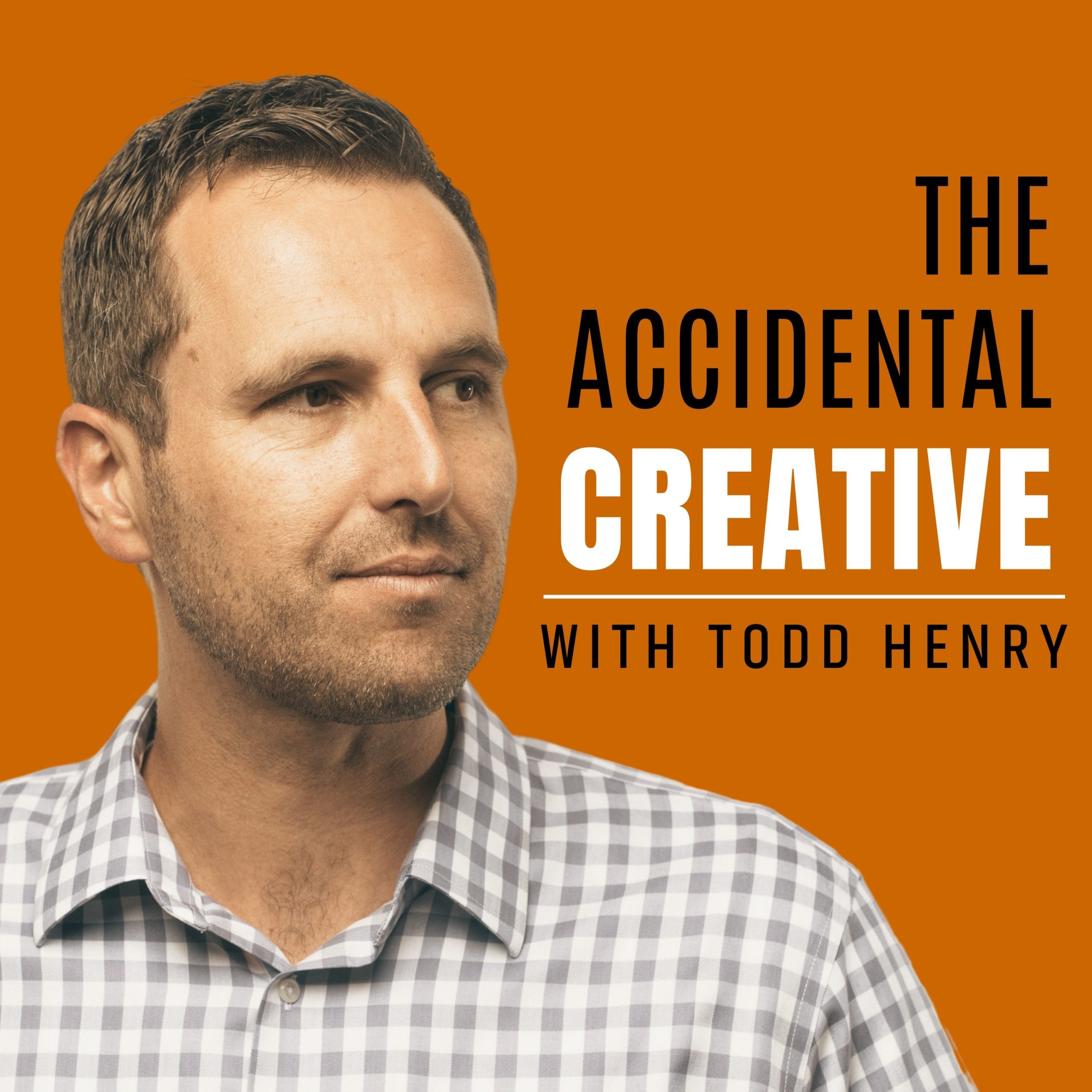The Personal Idea Pad (or Circa Idea Book) is designed to help you surround your creative problems and trigger ideas that may be lurking just beyond your grasp. It will help you get many unrelated concepts onto a page, then combine them to try to trigger new ways of looking at the problem.
Why does it work? When trying to come up with an idea, it’s easy to get stuck in a rut. You keep circling the idea, looking at it from the same perspective, and crunching your brain to try to squeeze out a useful idea. However, staring at the problem only ensures that you will continue to crank out the same old ideas over and over because you are doing nothing to introduce new ways of seeing the problem. Because PIP forces you to get a lot of unrelated concepts onto the page, it jogs your mind to think about avenues you wouldn’t have otherwise pursued in your search for useful ideas.
Does it work for everything? PIP is best utilized early in the creative process. (For example, when you are kicking off a big project, looking for direction on a campaign, or trying to come up with a new strategy.) However, PIP has been used effectively by marketers, designers, writers, product development specialists, consultants, managers, and many others to help them explore new ground and tackle their vexing problems.
The most important thing to remember when using the PIP is that there are no wrong words or ideas. The PIP process is not a sequential process that will inevitably lead you to the right idea, it’s a non-linear process that will jog potentially useful connections, insights, and ideas as you combine seemingly unrelated ideas and concepts and apply them to your challenge. The best approach is to keep moving, have fun, and generate a lot of ideas in order to get to the best ones.

STEP ONE: START WITH THE CHALLENGE
Begin by writing the Challenge (the problem you’re solving) in the center of the worksheet. For best results, try to be as specific as possible.
Example: “Make commercial air travel fun.” or “How can we make commercial air travel fun?”
STEP TWO: SURROUND THE CHALLENGE WITH “STARTER WORDS”
Next you’re going to choose a few words that help jog ideas to solve the Challenge. Relax – you’re not solving the problem yet. The goal is to get a lot of unrelated ideas on the worksheet.
Nutshell: Write one word or short phrase that summarizes the Challenge you’re solving. (In this example, current realities that prevent air travel “fun”.)
Good examples: crowded, delays, layover
Better examples: Bag fees, stale air, crying kids
Assumption: Identify one word or short phrase that describes an existing assumption you’ll have to overcome to solve the Challenge. (In this example, what might limit solutions.)
Good examples: customer demands, no space, regulations
Better examples: whining customers, profit margin, inconvenient
Solution: Identify one word or short phrase that represents a “solution” to the Challenge. (In this example, all of these words suggest “fun”.)
Good examples: party, game, surprise
Better examples: Board game, grand prize, birthday cake
Role: Identify a role or person who would be able to solve the Challenge with ease. (In this example, all facilitate “fun”.)
Good examples: comedian, cruise-director, cheerleader
Better examples: Steve Martin, Richard Simmons, Cast of a sitcom
STEP THREE: FREE-ASSOCIATE
Beginning with one of the four words, fill in the boxes in that quadrant of the PIP with other words that come to mind. As you move from box to box, think “______ makes me think of _______” and fill an adjacent box with a new word until all of the boxes are filled. Write words freely and spontaneously, and be as specific as possible. (Names, nouns, and evocative phrases are best.) Do this for each of the four areas that surround the Challenge until all of the boxes on the worksheet are filled.
TIP: Don’t worry about getting the words right, or tying them back to the original starter word. You’re just trying to get a lot of unrelated words on the page to jog ideas and insights.
STEP FOUR: MAKE CONNECTIONS, NOTE IDEAS
Often “creative accidents” occur when we combine independent and rarely associated concepts. Begin combining words throughout the worksheet using the numbers and letters in each box. (For example, pair up two words in boxes containing a “2”, or two words in boxes containing an “A”.) If the combination of these two words sparks an idea, write it down. Spend a few minutes on each combination, then move on to another one. You can also randomly choose two words from the worksheet rather than using the number/letter system.
Some questions that will help stimulate ideas include: How can I force these two words to connect? Does this combination spark another thought or memory? What do these two words sound like when placed together?
Don’t get stuck on one combination. Keep moving—there are thousands of possible combinations on each worksheet!
Available now in Circa format from Levenger!



